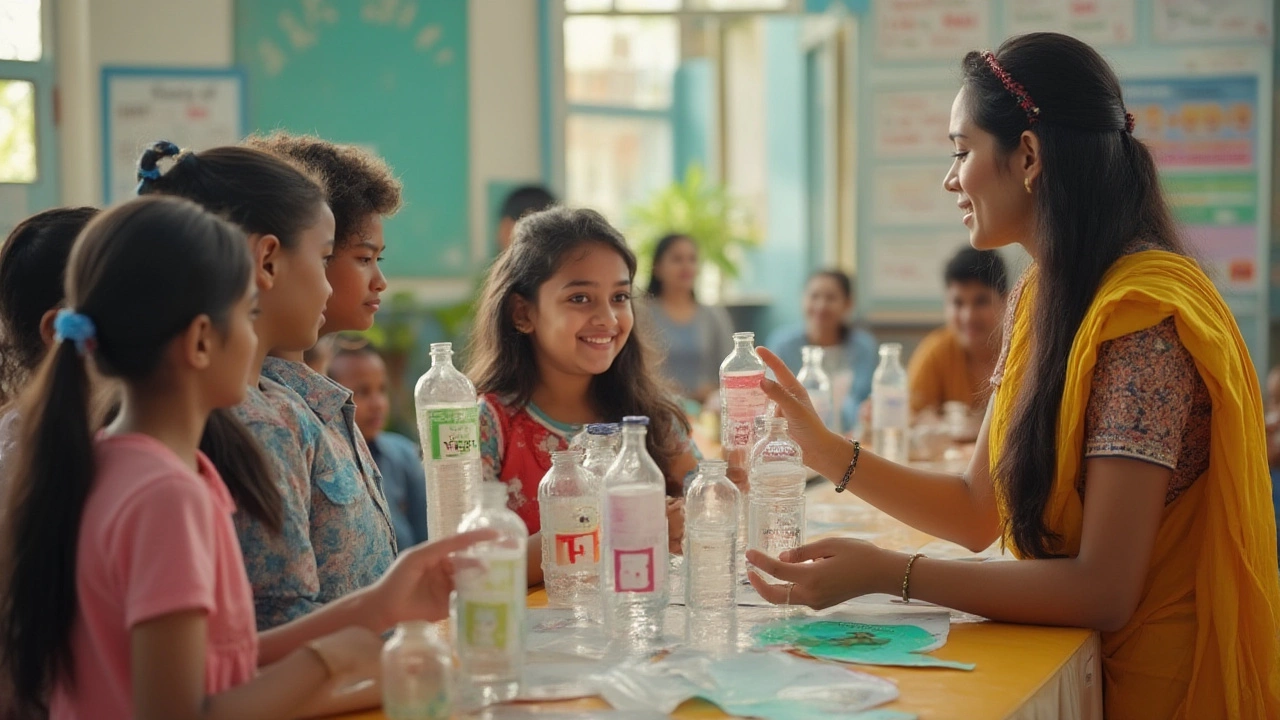Plastic Recycling: Turning Trash into Treasure in India
If you see a pile of plastic bottles and wonder what happens next, you’re not alone. Most people think recycling is a distant idea, but in India it’s becoming a daily routine for manufacturers, small shops, and households alike. This guide shows you exactly how plastic recycling moves from the curb to a new product, and why getting involved can boost your business and the planet.
How Plastic Recycling Works
First, plastic waste gets collected. Municipal crews, private pick‑up services, and even community volunteers gather bottles, packaging, and scrap. The material is then sorted by type – PET, HDPE, PP, and so on – because each polymer melts at a different temperature and has its own end‑use.
After sorting, the plastics are cleaned. This step removes food residues, labels, and dirt that could weaken the final product. A high‑pressure washer and chemical cleaners do the job, and the material comes out sparkling and ready for the next phase.
The cleaned bits are shredded into small flakes. Shredding makes it easier to melt the plastic uniformly. Those flakes go through a melt‑extrusion process where heat turns them into a molten stream. The melt is forced through a die to form pellets – the raw material that manufacturers buy to make new items.
Those pellets can become anything from reusable bottles to building panels, automotive parts, or even 3‑D‑printing filament. The key is that each time the plastic is re‑processed, it retains most of its strength, so the cycle can repeat many times.
Opportunities for Manufacturers
For a factory looking to cut costs, buying recycled pellets is often cheaper than virgin resin. The price gap widens as the government offers incentives for using recycled content. Many Indian brands have started labeling products as “recycled‑content” and see a sales bump from environmentally conscious shoppers.
If you have excess plastic scrap from your own production line, you don’t need to toss it. Partner with a local recycler, sell the scrap, and turn a waste cost into extra revenue. Some recyclers even offer take‑back programs that include free collection.
Investing in on‑site grinding equipment can bring the recycling loop in-house. Small grinders cost less than a few thousand dollars and can process waste from your packaging line. The resulting granules can be blended with virgin resin to meet quality standards while boosting your sustainability score.
Finally, think about product design. Choosing single‑material packaging, avoiding mixed polymers, and using labels that are easy to remove make recycling smoother and cheaper downstream. Designers who keep recycling in mind create products that travel farther in the circular economy.
Plastic recycling isn’t a futuristic concept; it’s happening right now across India’s factories, streets, and homes. By understanding the steps – collection, sorting, cleaning, shredding, melting, and re‑use – you can see where you fit in the chain. Whether you’re a small workshop or a large manufacturer, there are clear ways to cut costs, earn money from waste, and show customers you care about the environment. Start today: locate a local recycler, audit your waste stream, and experiment with recycled pellets in your next production run.

What Does the Number 1 on Plastic Really Mean? Safe Uses, Dangers, and Recycling Tips
Find out what plastic number 1 means, why it matters, and how to reuse or recycle PET plastics safely. This guide explains risks, recycling tips, and surprising facts.
Read More